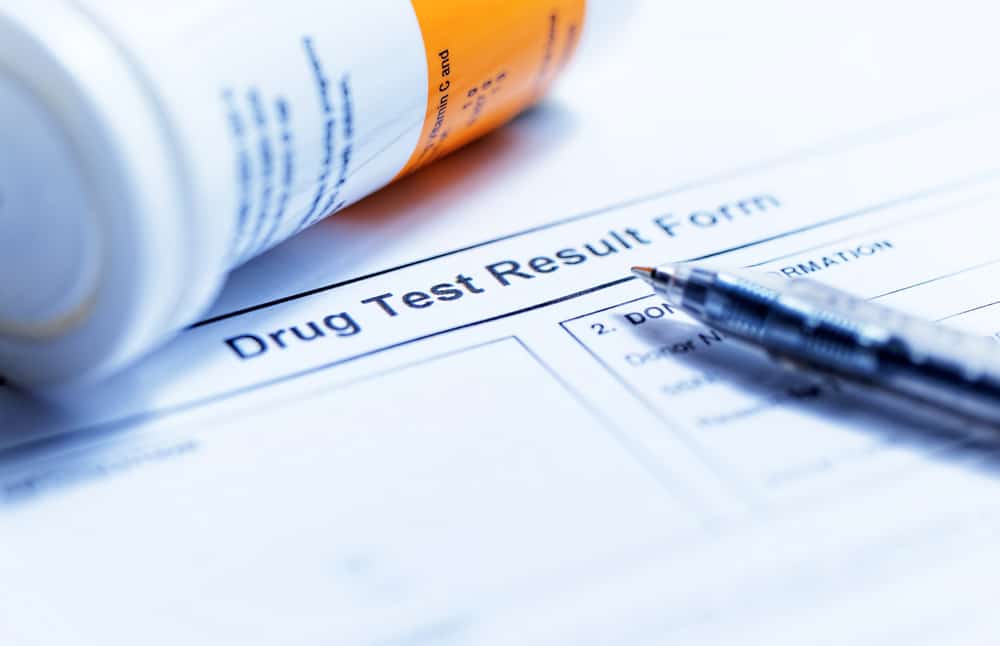
Substance concerns in the workplace can significantly impact employee performance, safety, and overall company morale. Addressing these issues is not just a corporate responsibility; it’s essential for creating a positive and productive work environment. This guide will explore actionable steps to manage workplace substance concerns effectively and maintain a healthy workspace for everyone.
1. Recognize Warning Signs of Substance Use
The first step in addressing workplace substance concerns is learning to identify the warning signs. While professional assessments are vital, paying attention to changes in employee behavior can provide early clues.
Common Signs to Watch For:
- Decline in job performance or missed deadlines
- Frequent absenteeism or unexplained tardiness
- Physical signs such as slurred speech or impaired coordination
- Mood swings, irritability, or unusual behavior shifts
When these signs become consistent or noticeable, it’s essential to document them objectively and proceed with care. Avoid assumptions or accusations. Instead, focus on supporting the wellbeing of the employee while protecting the team and company.
2. Implement a Comprehensive Drug and Alcohol Policy
A clear, well-communicated policy is the backbone of any workplace substance management plan. Ensure your policy outlines acceptable behavior, consequences for violations, and available support resources.
Key Elements of a Strong Policy:
- Zero-tolerance rules for drug and alcohol use during work hours
- Specific protocols for drug testing, such as the effective nail bed drug test
- Rehabilitation or support resources for affected employees
Additionally, review your policy annually to ensure it complies with state and federal regulations and aligns with your organization’s evolving values and goals.
3. Offer Employee Assistance Programs (EAPs)
EAPs provide employees with confidential support to tackle issues like substance use, personal challenges, or mental health concerns. These programs often include access to counselors, recovery plans, and resources that focus on prevention and intervention.
Benefits of EAPs for the Workplace:
- Employees feel supported, reducing stigma surrounding substance use
- Improved morale and productivity through proactive intervention
- A cost-effective alternative to high turnover or workplace disruptions
By promoting the availability of EAPs, employees are more likely to seek help voluntarily, which fosters a healthier working environment for everyone.
4. Conduct Regular and Random Drug Testing
Drug testing can be an effective tool to maintain safety and compliance in the workplace, especially in industries like manufacturing, construction, or transportation where impairment poses significant risks. Employing non-invasive and reliable tests like nail bed drug tests ensures fairness and accuracy in identifying substance use among employees.
Types of Drug Testing:
- Pre-employment testing to screen prospective employees
- Random drug testing to maintain ongoing safety
- Reasonable suspicion testing based on documented behaviors
Ensure legal compliance when conducting drug tests and communicate your approach clearly to avoid misunderstandings or resentment among employees.
5. Train Managers and Supervisors
Equip your leadership team with the knowledge and tools to handle substance-related concerns effectively. Managers and supervisors play a crucial role in identifying and addressing potential issues before they escalate.
Managerial Training Should Include:
- Recognizing the signs of substance misuse
- Conducting sensitive conversations with affected employees
- Documenting incidents appropriately
- Understanding legal requirements and company policies
By empowering your leadership team through training, you create a stronger safety net for your workplace, ensuring consistent enforcement of policies and support for employees.
6. Foster a Supportive Workplace Culture
A company culture that emphasizes health, safety, and support is less likely to experience workplace substance issues. Open communication, trust, and employee wellbeing initiatives form the foundation of such a culture.
Steps to Build Supportive Workplace Culture:
- Host wellness workshops to encourage healthy habits
- Promote open-door policies for discussing personal challenges
- Celebrate successes and milestones in recovery for affected employees
A positive culture reduces stigma and encourages employees to seek help without fear of judgment or repercussions.
7. Take Legal and Documentation Precautions
When addressing substance concerns, it’s vital to adhere to labor laws and maintain thorough documentation of all incidents, tests, and reviews. This ensures legal compliance and minimizes the risk of disputes.
Examples of Documentation Practices:
- Recording observable behavior consistently and objectively
- Keeping detailed records of completed drug tests
- Filing supervisor reports and relevant employee communications
Clear documentation saves your company from potential liability while ensuring fairness and transparency in dealing with substance-related concerns.
Addressing workplace substance concerns requires a balance of compassion, clear policies, and legal compliance. Implementing these strategies not only helps mitigate risks but also builds a healthier, more productive environment for employees to thrive.
